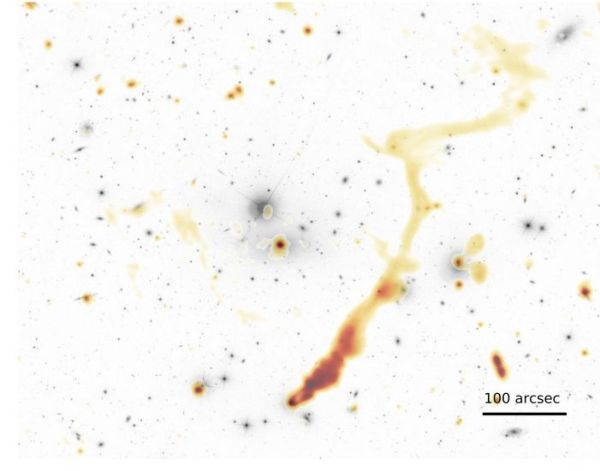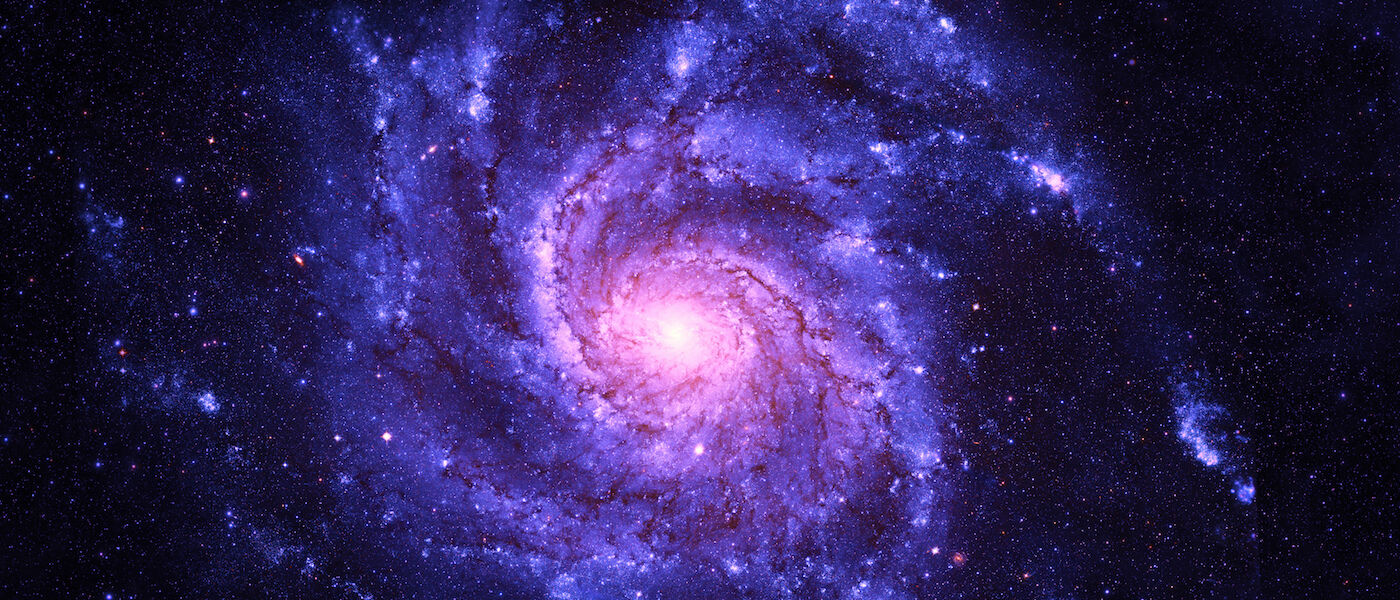Scientists have just discovered 300,000 new galaxies

Astronomers predict that there could be as many as 2 trillion galaxies in the universe...and we've just found 300,000 of them!
These new, massive discoveries come from a team of 200 scientists spread across 18 countries. And they all owe a big round of thanks to a group of radio telescopes called the Low Frequency Array, or "LOFAR."
LOFAR networks together more than 16,000 radio dishes across Europe, giving it the equivalent of a single telescope more than 600 miles in diameter. Through this system, LOFAR can detect galaxies stretching billions of light years away via the radio waves they emit.

The radio signals observed mainly stem from two different sources: 1) galaxies colliding and interacting with each other, and 2) from jets of material thrown away from supermassive black holes at the centers of the galaxies.
Essentially, these galaxies are so massive that they're like an "all-you-can eat buffet" for the black holes at their centers – and their leftovers are ejected out as jets that we can observe!
One of the scientists, Philip Best of the University of Edinburgh, explained it like this: "LOFAR has a remarkable sensitivity and that allows us to see that these jets are present in all of the most massive galaxies, which means that their black holes never stop eating."
Astronomers hope these signals can teach us more about the formation of galaxies and supermassive black holes. The further away an object is, the further back in time we are seeing – light takes time to travel through space! So by studying emissions from galaxies billions of light years away, we are essentially looking back in time billions of years, searching for clues about how the first galaxies formed.
Interested in learning more? We're covering this topic throughout the weekend in our all-live show, "Wonders of the Night Sky." A portion of the show is always set aside for LSC Space News Now stories. Catch it in LSC's Jennifer Chalsty Planetarium, the biggest planetarium in the Western Hemisphere!
